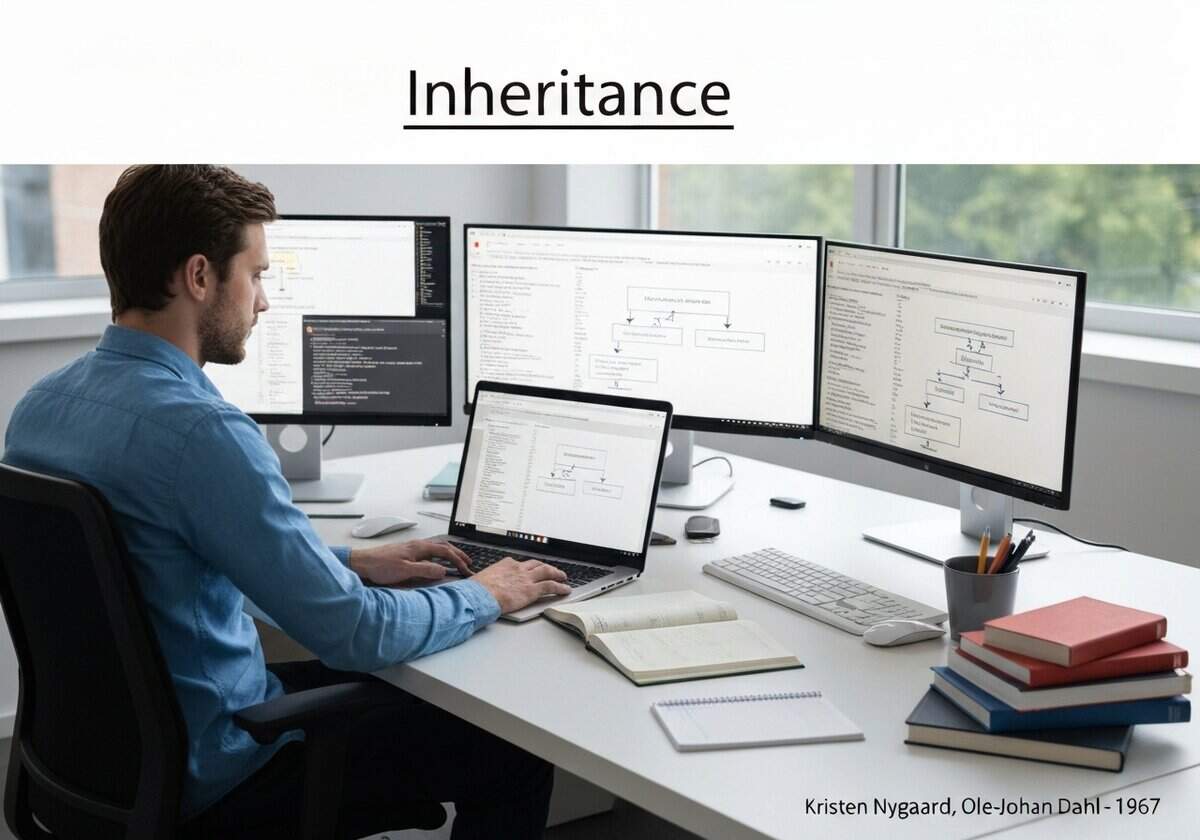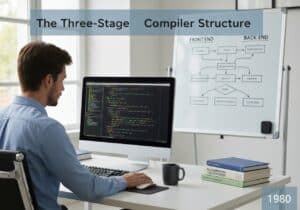Inheritance is a mechanism in OOP where a new class (subclass or derived class) is based on an existing class (superclass or base class), inheriting its attributes and methods. This supports code reusability and establishes a natural hierarchy between classes. The subclass can extend or override the inherited behavior, allowing for more specific implementations while maintaining a common interface.
















